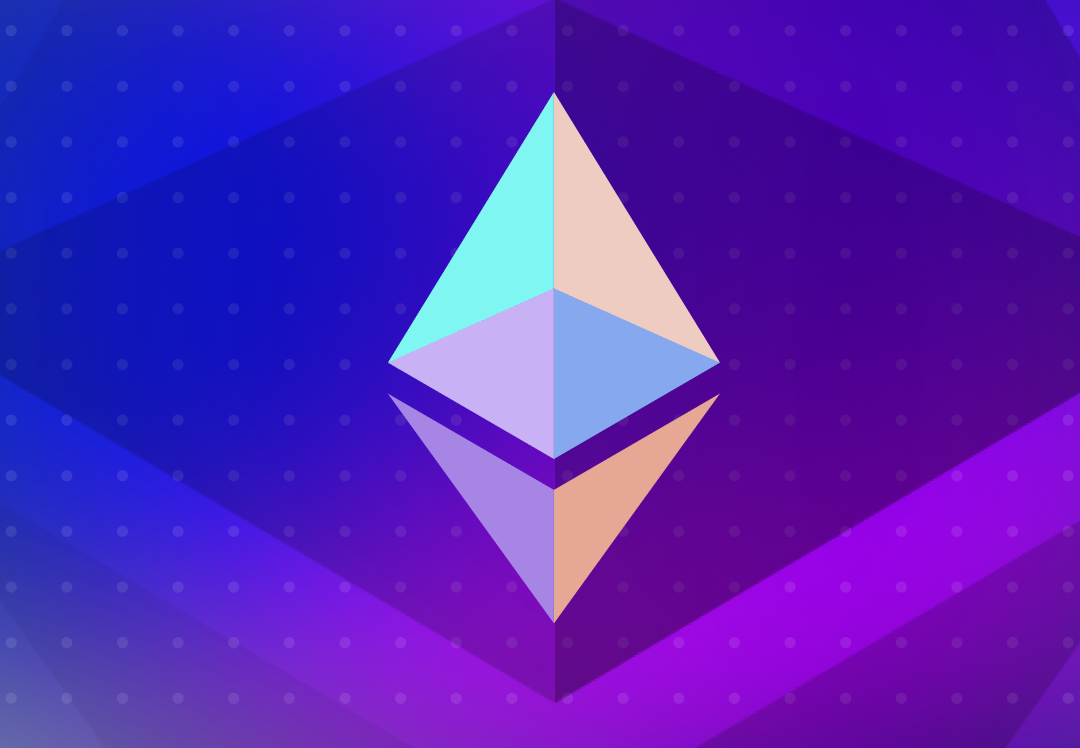From ETH to ETH2.0
There is a lot of talk on the internet about ethereum 2.0, and while there are a lot of exciting changes involving eth2, much of the discussion involves a lot of technical jargon which obscures what is happening with ethereum 2.0 and how the average person can make money from it.
* What's the problem with ethereum 1.0 (eth)?
* How do I make money from ethereum 2?
* What is proof of work (pow), proof of stake (pos), staking?
It's easiest to start from scratch and talk about the basic economic problem cryptocurrency is trying to solve. The problem is that it is difficult to trust people. Someone can tell you that they have a trillion dollars in their bank account or ethereum wallet, and if you give them something real like a sports car, they will give you the money. Once you give them the real thing, they may tell you that they sent you the coins when in fact they never had anything.
You can have some outside third party verify that someone does in fact have coins in their wallet or that they did or did not send you the coins, but then you have the problem of how you go about choosing that third party and that this third party is in fact unbiased.
Cryptocurrencies like ethereum deal with this in one of two ways. Ethereum 1.0 and bitcoin use a system for choosing third party verifiers through a system called "proof of work". Ethereum 2.0 will use a system called "proof of stake." The key idea in both methods is to use some random process to find a group of third party verifiers who will tell the truth about the actual situation and who cannot collude with each other, and ensure that their peer verifiers do not do anything suspicious.
"Proof of work" chooses verifiers by having people continuously roll digital dice until someone is selected to be a verifier. "Proof of stake" involves a lottery system in which people use their coins to receive a lottery ticket with the system deciding a group of winning numbers that choose who gets to verify what coins were sent.
The "proof of work" system starts with specifying magic numbers by which you need to match by throwing electronic dice. If your dice roll matches the magic numbers, you get to verify the correctness of the system, and the system will generate some new coins to reward you for being the winner and verifying the accounts. To make money doing this, you want a system that rolls electronic dice as quickly as possible to maximize your chances of getting the magic numbers. This is what cryptocurrency mines do. They spend all day rolling electronic dice looking for winning numbers, and then collecting the reward when they win the contest.
There are two problems with this method. Every time you roll digital dice you use up a tiny bit of electricity, but since you have a lot of people globally doing this, it adds up. Right now the amount of electricity being used to roll digital dice for ethereum is about the same as the total power consumption of Latvia. Second, it's slow and inefficient. Because the speed of the network involves rolling a lot of digital dice, and you can't process one calculation until all of the previous transfers have been verified, you only do a certain number of transactions each second. Because you are limited in the number of transactions that you do each second, people that want to use the network have to compete in an auction to get their calculations done, and the network is starting to be congested while transfers have become very expensive.
Something to remember is that the goal of ethereum is to have the ability to process most of the financial transactions in the world. The desired end goal is to have a system that can handle all of the credit card payments in the world and all of the transactions in say a major stock exchange. Ethereum 1.0 is solid technology, but it is clear that it will not be able to handle the workload necessary to move most of global financial transactions onto the system without an upgrade.
So ethereum2 replaces this "proof of work" with "proof of stake". Instead of having people roll digital dice, the system will randomly choose a committee of people that have deposited ethereum as "stakes" and ask them to audit the chain. If someone does not audit the chain correctly, they risk losing their deposit. If you ask enough random people that have put in a deposit, then you can figure out whether someone is telling the truth when they said they sent you the ethereum. Because people are no longer relying on digital dice to choose a verifier, the amount of electricity used becomes very small. In addition, ethereum 2.0 allows different groups of users to verify a small fraction of the ethereum blockchain.
The key problem with "proof of stake" is that you need people already using ethereum to have the system work, which means that you can't start the system with "proof of stake." You need to begin with something like proof of work. For this to work, you need people that already have ethereum so you have to start with "digital dice" ethereum and then move to "people participating in a lottery" ethereum. Also, this is going to be very challenging to do technically. It's not that difficult to build a new road. It's very, very hard to build a new road while continuing to let cars drive down the road, and one of the challenges in going from ethereum 1.0 to ethereum 2.0 is figuring out how to build out a new freeway without stopping traffic.
Changing from ethereum 1.0 to ethereum 2.0 is a multi-year effort that involves several phases. The general philosophy of the switch over is to keep the current system running on the current road and then to build out the roads on the side. The new lanes which ethereum 2.0 uses are called “shards.” Ethereum 1.0 can be thought of as a narrow old dirt road, whereas ethereum 2.0 will be paved (i.e. using proof of stake instead of proof of work) as well as having 64 lanes instead of one. So the construction of ethereum will involve keeping the old road running while building the new lanes. Once the new lanes are built and tested, the old ethereum 1.0 road will be one lane of ethereum 2.0 freeway.
So how can one make money from this?
To participate in this and become a verifier directly, one must deal with a lot of technical details, and needs to put capital in increments of 32 ethereum, which will be potentially locked for several years until the upgrade progresses. Even if you have enough ethereum to set up the node, you still have to go through the technical difficulty of putting your ethereum into the system.
Fortunately, exchanges such as Redot have already taken care of the technical details of setting up ethereum2 staking and can pool together ethereum from many different people to get past the 32 ETH threshold. This allows someone new to cryptocurrency to participate in the change to ethereum 2.0 and earn interest on the parked coins without substantial investment or hassle.
So thanks to these exchanges, you don't need a huge amount of capital or a lot of technical expertise in order to be part of the future of finance. All you have to do is to buy some Ethereum 2 in the order screen of Redot with regular eth, to be part of the future of finance, and not only can you make a return on your spare cryptocurrency, but you will also be helping to advance new and wonderful technology in the new world of cryptocurrency.





